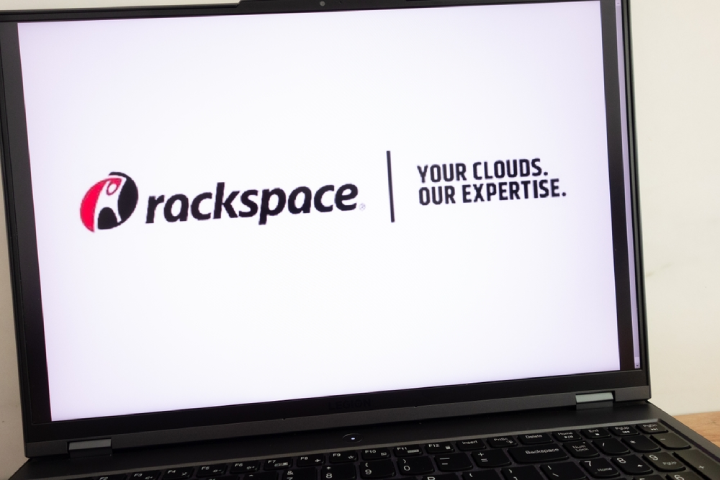
Table of contents
The cloud storage brand Rackspace Hosting Inc launched its range of cloud computing services under the name Rackspace Cloud in 1998 and, since then, it has been one of the biggest players in the field.
Rackspace Cloud includes Cloud Files, Cloud Block Storage and Cloud Backup, and these services are useful, especially for businesses, of all sizes.

What does Rackspace do?
One of the company’s core offerings is managed hosting, which provides customers with access to powerful servers and other infrastructure resources that can be used to run their websites, applications, and other online tools.
In addition to managed hosting, Rackspace also provides many other services, such as cloud storage, databases and analytics. These services can help businesses store, manage and analyse large amounts of data, as well as scale their operations as their needs grow. In 2008, Rackspace launched Cloud Files, which uses OpenStack object storage. According to its model, users get charged for storage as well as for incoming bandwidth and can manage their usage through an online panel or desktop software.
Rackspace also provides several hosting solutions like cloud hosting, VPS hosting and dedicated hosting which provide customers with an even greater level of control, flexibility and scalability over their hosting environments.
The other two elements of Rackspace are Cloud Block Storage and Cloud Backup. The first is powered by OpenStack and it is able to achieve higher results than object-based clouds via a combination of hard drives and solid-state drives. The latter is mostly focused on file-level backups via compression and encryption, as well as security.
One of the key benefits of using Rackspace’s services is that the company takes care of all the technical details, such as server configuration, security and maintenance. This allows businesses to focus on what they do best – running their business – without having to worry about the underlying technology.
What is Rackspace vs AWS?
Both Rackspace and Amazon Web Services (AWS) are protagonists in the field of cloud computing.
Even though they offer similar services, they are not the same. While Rackspace mostly revolves around virtual servers, storage and managed services, AWS also includes infrastructure offerings via EC2, alongside a long list of services such as serverless computing. In this case, AWS is broader than Rackspace.
When it comes to performance, AWS uses the Amazon Machine Image (AMI) to set up a server, and AWS Lambda to support serverless computing. Overall, AWS has a very user-friendly dashboard and has many more services compared to Rackspace. The latter has few data centres around the world, and its dashboard is not as user-friendly.
AWS is more efficient than Rackspace also on the security front. Thanks to its integrated feature Identity and Access Management (IAM), AWS allows its users to manage security and access controls in case there is a breach, also with the help of Cloudwatch, one of the best monitoring services out there. Rackspace, on the other hand, provides access restrictions through Role-Based Access Control (RBAC), which functions via Rackspace Cloud Monitoring, which is more complicated to work with.
The true ground of comparison between these two cloud computing giants is, well, cloud computing services. Rackspace has a cloud file system called Rackspace Cloud Files, which is relatively inexpensive and reliable, and it provides a simple and user-friendly architecture. AWS uses S3, which is also very reliable and scalable, and the price point is similar to Rackspace’s. AWS is slightly more efficient because of its enhanced provided security.
What happened to Rackspace?
On 2 December 2022, Rackspace’s Microsoft Exchange server was hit by a cyberattack carried out by the PLAY cybercrime gang. The attack affected more than 30,000 users’ email accounts, leaving most of them unable to access their emails or historical data for several weeks.
The attack was highly sophisticated and targeted, making use of several vulnerabilities in the Microsoft Exchange environment, which Rackspace was forced to take offline.
While more than half of users regained access to their data, Rackspace announced in an update that the Microsoft Exchange environment would not come back online and instead would migrate to the more secure Microsoft 365 service.
Rackspace customers, many of whom are small businesses, were dissatisfied with the company’s response to the attack, which emphasised the limited extent – less than 1% of customers – and the technicalities of the vulnerability.
The author generated this text in part with GPT-3, OpenAI’s large-scale language-generation model. Upon generating draft language, the author reviewed, edited, and revised the language to their own liking and takes ultimate responsibility for the content of this publication.






